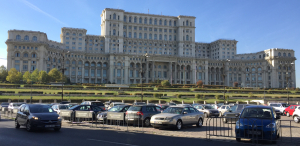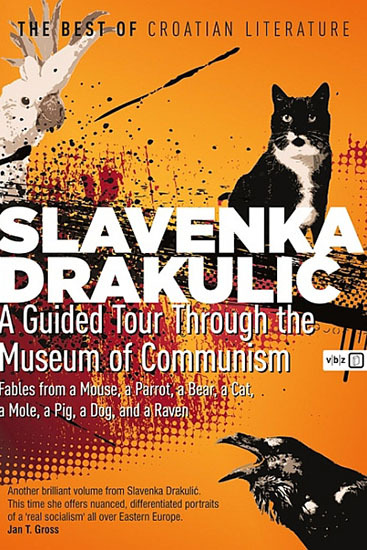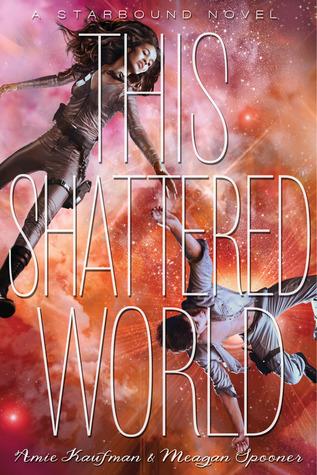I consider Slavenka Drakulic one of the best explicators of what it was like on the ground under and after communism. Yugoslavia was somewhat less totalitarian than the Soviet Union and Warsaw Pact countries, though its dissolution was the bloodiest. Her 2009 book titled Two Underdogs and a Cat has serious message under the cutsey animal narrators. One of the “underdogs” is a mouse in a Museum of Communism in Prague. The exhibits contain material from Russia as well as Czechoslovakia (the focus is communist times, before the peaceful fission), though what is most salient — the pervasive atmosphere of fear, the shortages and endless queues — cannot be displayed. There is very little mousiness/mouse perspective. The analyses repeat what a Professor Perlik’s lectures said. But even a mouse observing museum visitors notices that “something mean and suspicious, something hypocritical still lingers within the people… as if people have not changed that much, not in their minds.”

The oldest dog in Bucharest has concerns with the plight of stray dogs in the Romanian capital, dating back to the destruction of central city neighborhoods for Ceaușescu’s “Palace of the People (pictured below last month) and the grand avenue leading to it that he insisted must be bigger than the Champs Élysées in Paris. Displaced people abandoned many of their pets, and the population of stray dogs multiplied. Like the mouse, this dog sees a continuation of mentality: “Generally speaking, people still believe that there will always be someone ‘up there’ to take a decision in their names whom they can blame later on. Yesterday it was Comminism, today it’s the [EU] bureaucracy in Brussels. Leaving everything to the higher-ups, not taking the initiative, not willingly acting in the common interest is what our problem is. What to do when there’s not even an idea of common interest, a common good?”

The cat, who seems to me more feline than the dog is canine, belongs to the general (never-named, but clearly Wojciech Witold Jaruzelski) who declared martial law to put down Solidarity agitation in 1981. The cat wholeheartedly supports the general’s contention that the alternative to martial law was an invasion by the Soviet army (which many contend Brezhnev was not planning, and which General Jaruzelski at one point seemed to invite). The cat accepts her owner’s rationale, though when General Jaruzelski was charged in 2006 it was for illegal imprisonment rather than for declaring martial. I am surprised that — even in the guise of a long letter to the state prosecutor from a cat — that Drakulic seems so sympathetic to the plight of the Polish dictator. Though many Poles considered Jaruzelski a traitor, the Polish Quisling, a 2001 poll found more than half the populace (and even AAdam Michinik) accepting the rationale of an alternative to Soviet occupation.
The philosophical (sophist?) cat observes that “after all, most Poles did not choose to live under Communism they merely went along with it,a ccepting the military regime as reality. It is not in their interest to go back and wash their own dirty linen.” In contrast, Draulikc supported the trials for war crimes and crimes against humanity by both Croatian and Serbian leaders of the later violence through which she lived (They Would Never Hurt a Fly).
Drakluic’s would be Aesopian anthropomorphism verges on insipidness, and seems to me cutesier than, say, the 2016 Disney “The Jungle Book” with its array of talking animals.
Having recently been in Croatia (and Serbia), I’d like to know what Drakulic thinks about life after the dust of civil war has settled with a generation that not only does not remember communism but does not remember the carnage of ethnic cleansing among the southern Slavs.

Overestimating the interest in her writing about communist eastern Europe through phony animal voices, Drakulic added another five monologues for a 2011 expanded reprinting with the title one of the original three, “A Guided Tour through the Museum of Communism” (the mouses’ observtions and overhearing. These include more attempts to make the autocrats of your sympathetic, including Albania’s General Mehmet Shehu, whose suicide was viewed by the psychoanalyst mother of the raven narrating an “unusual case.” There is an extended riff on the incomprehensibility to moles of burrowing under the Berlin wall to get into what the moles regarded a prison (in that West Berlin was surrounded by walls) that grates quickly, a pig writing a cookbook and explaining the differences between goulash and gulag, the last gypsy-owned dancing bear in Bulgaria (now retired), and an extended account of a foppish womanizer Marshall who is obviously Tito, from Drakulic’s native Yugoslavia. Since she is Croatian (his mother was Croatian, his father Slovenian) this is the account closest to home. It treats the Marshal with bemused affection without being as much an apologia for him as General Jaruzelski)’s cat offered. The parrot talking about his foibles hits on a major matter: that the Marshal was able to conceive that he was mortal. So, he ignored doctors’ advise and died sooner and with no successor groomed to hold things together after he was gone.
There are more records in the adde stories of authoritarian personalities lost without a dictator and lacking the guaranteed minimums of food and housing offered by the communist overlords. “Like every autocrat, the Marshal ruled by fear. But could you, please tell Koki how elese one could rule people around here. Tribes need a leader, an authority that has the power to punish them. The big boss in uniform with rows of decorations, that’s what they wanted to see.?
For me, three was already too much. Drakulic did not attempt dialogue between animals (as in Animal Farm, which is mentioned in two of the three blurbs for Tour, or in Disney movies, but the cumulative effect of her cutsey mouthpieces mutes the entertainingness of one or two in isolation.
Advertisements Share this:





